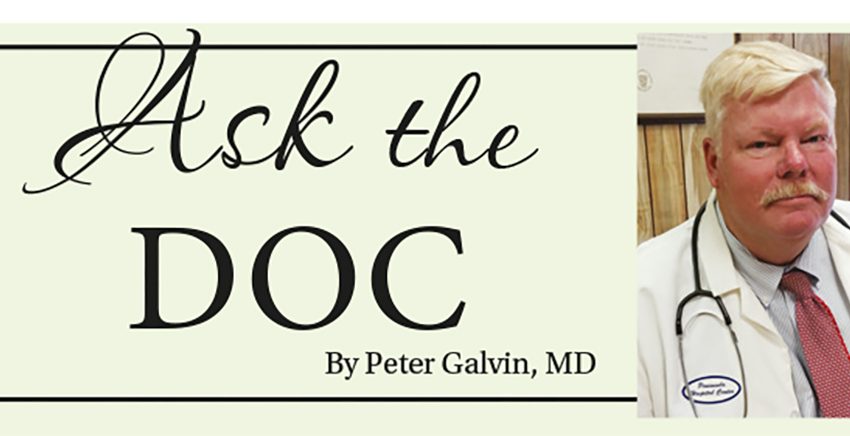Say Can UC?

By Peter Galvin, MD
Ulcerative colitis (UC) is one of the two main types of inflammatory bowel disease (IBD). It can affect individuals of any age but is most commonly diagnosed in those aged 20 to 40 years. Here in North America, there are currently about 1.5 million people with UC. The abdominal symptoms most seen with UC include rectal bleeding, diarrhea and/or increased stool frequency occurring more than three times a day, bowel urgency (tenesmus), fecal incontinence, and crampy abdominal pain. Some individuals also experience fatigue, fever, weight loss, and dehydration. Anemia, caused by chronic blood loss, is also seen. About 25% of patients will have extra-abdominal symptoms that may include arthritis, bile duct inflammation (sclerosing cholangitis), and eye inflammation (uveitis or iritis). Those with UC report a lower quality of life due to symptoms of diarrhea and rectal bleeding and have increased depression, sleep disturbances, and sexual dysfunction compared to the general population. Those with UC also have double the risk of colon cancer as compared to the general population.
UC, like the other main type of IBD, Crohn’s disease, is caused by a person’s immune system perceiving the intestinal lining as being a foreign substance and attacking it. In other words, it’s an auto-immune disease. The cause is still unknown. In UC, which typically involves only the large intestine, or colon, either in toto or segments of it, the intestinal lining becomes highly inflamed. In contrast, Crohn’s disease usually only involves the small intestines. The diagnosis of UC is made by symptoms, blood and stool tests, and direct visualization of the intestinal lining (colonoscopy or sigmoidoscopy). Blood testing often reveals anemia, elevated white blood cell counts, and elevated levels of inflammatory markers (erythrocyte sedimentation rate [ESR] and c-reactive protein [CRP]). Stool testing may reveal elevated levels of calprotectin, a protein associated with intestinal inflammation. Colonoscopy may reveal inflammation, ulcers, erosions, and bleeding.
Treatment involves suppressing the immune system, either locally or systemically (body as a whole). Mild to moderate UC limited to the lower colon and/or rectum is typically treated with topical 5-aminosalicylic acid (5-ASA), given as a rectal suppository or enema. More widespread mild to moderate disease is treated with oral and topical 5-ASA. Oral corticosteroids (prednisone or budesonide) can be used for those who do not improve with 5-ASA. Those hospitalized with a severe flare of UC are treated with intravenous corticosteroids. Moderate to severe disease is now increasingly treated with monoclonal antibody medications and oral small molecule drugs. Surgery to remove all or part of the colon (colectomy or hemicolectomy) may be performed when severe UC has not responded to maximal medical treatment, for complications (bowel perforation or massive bowel enlargement [toxic megacolon]), or for treatment or prevention of colorectal cancer. But colectomy may have unpleasant effects. The stool that enters the colon from the small intestines is in liquid form. The function of the colon is to remove much of the water from liquid stool. Removing the colon will relegate the patient to a life of liquid BMs, both with and without an ileostomy.
Those with UC need frequent colonoscopies due to their increased risk of colorectal cancer. For more information go to: www.niddk.nih.gov (National Institute of Diabetes and Digestive and Kidney Diseases)
Please direct questions and comments to editor@rockawaytimes.com


